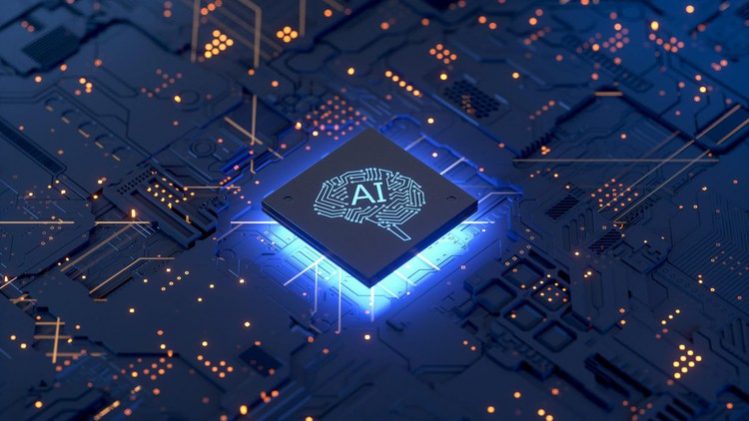
MLOps- What are MLOps (Machine Learning Opeartions)?
MLOps: Components including Continuous X & Versioning
MLOps: Life Cycle Process ( End to End Learning Flow)
MLOps: Model Testing & Model Packaging in PMML and ONNX
MLOps: Workflow Decomposition & Production Environment
MLOps: Pre- Computing Serving Patterns
MLOps: Data, Machine Learning and Code Pipelines
MLOps: Offline & Live Evaluation & Monitoring
This course introduces participants to MLOps concepts and best practices for deploying, evaluating, monitoring and operating production ML systems on both cloud and Edge. MLOps is a discipline focused on the deployment, testing, monitoring, and automation of ML systems in production. Machine Learning Engineering professionals use tools for continuous improvement and evaluation of deployed models. They work with Data Scientists, who develop models, to enable velocity and rigor in deploying the best performing models.
This course encompasses the following topics;
1. Introduction of Data, Machine Learning Model and Code with reference to MLOps.
2. MLOps vs DevOps.
3. Where and How to Deploy MLOps.
4. Components of MLOps.
5. Continuous X & Versioning in MLOps.
6. Experiment Tracking in MLOps.
7. Three Levels of MLOps.
8. How to Implement MLOps?
9. CRISP (Q)- ML Life Cycle Process.
10. Complete MLOps Toolbox.
11. Google Cloud architectures for reliable and effective MLOps environments.
12. Working with AWS MLOps Services.
By the end of this course, you will be ready to:
- Design an ML production system end-to-end: data needs, modeling strategies, and deployment requirements.
- How to develop a prototype, deploy, and continuously improve a production-sized ML application.
- Understand data pipelines by gathering, cleaning, and validating datasets.
- Establish data lifecycle by leveraging data lineage.
- Use analytics to address model fairness and mitigate bottlenecks.
- Deliver deployment pipelines for model serving that require different infrastructures.
- Apply best practices and progressive delivery techniques to maintain a continuously operating production system.



